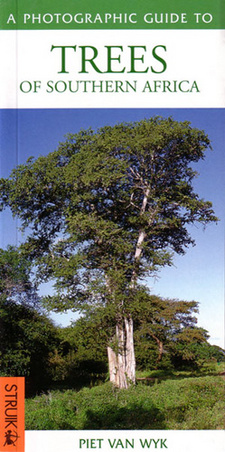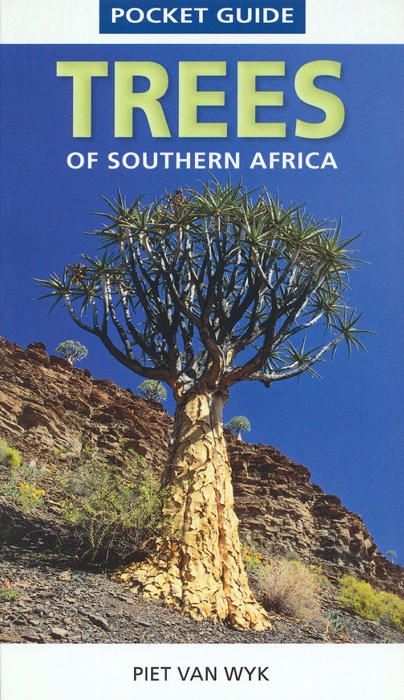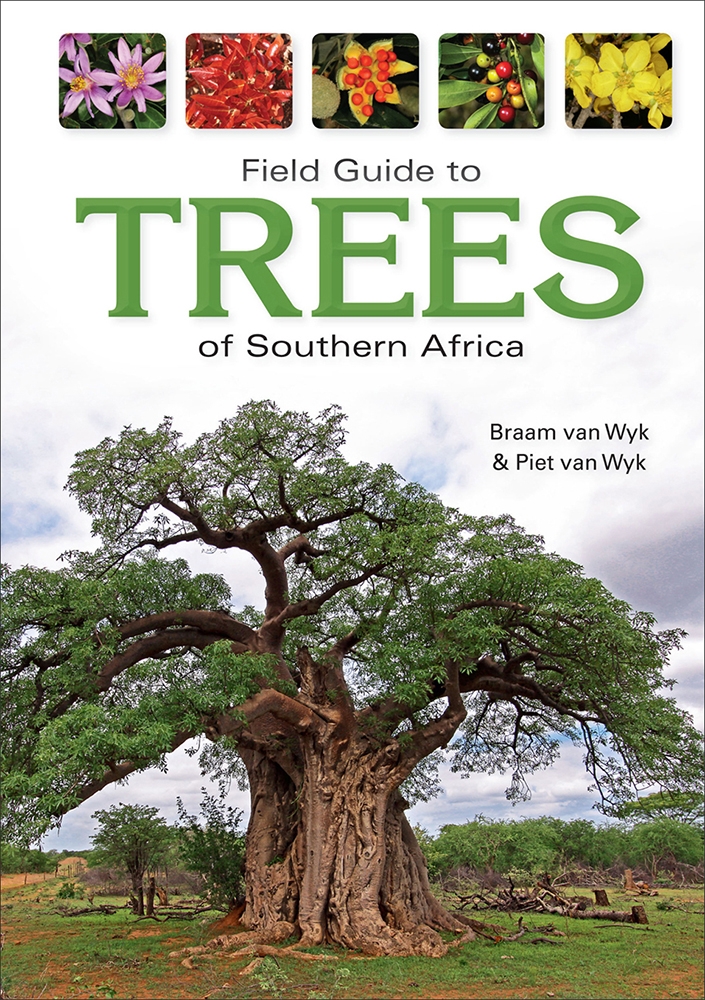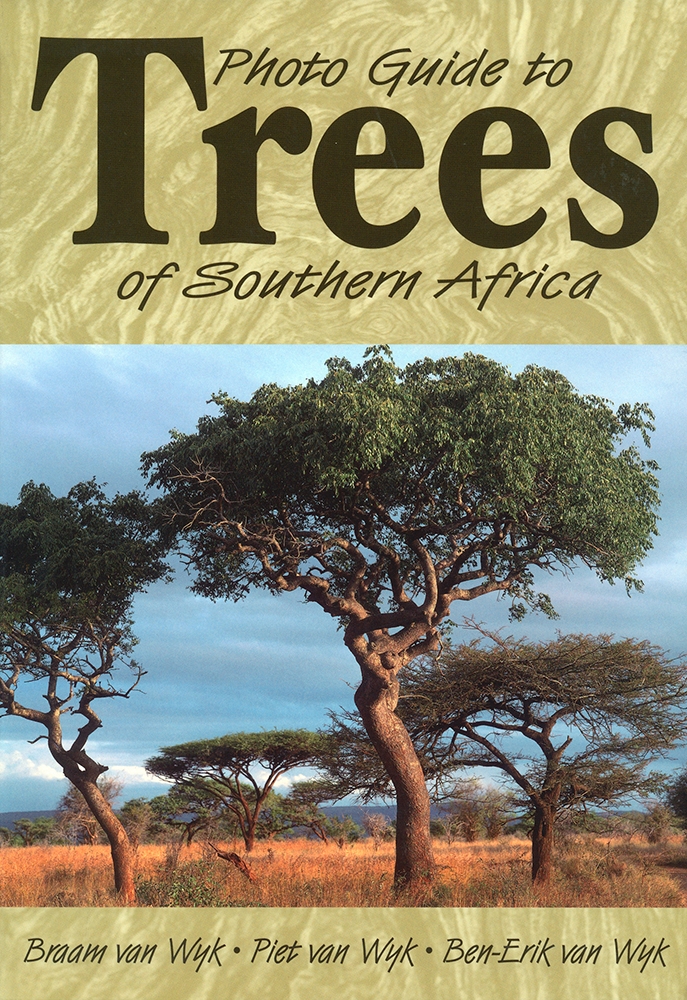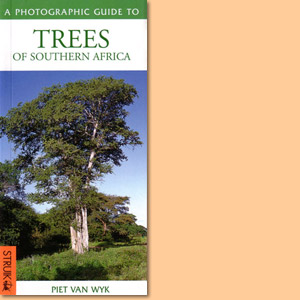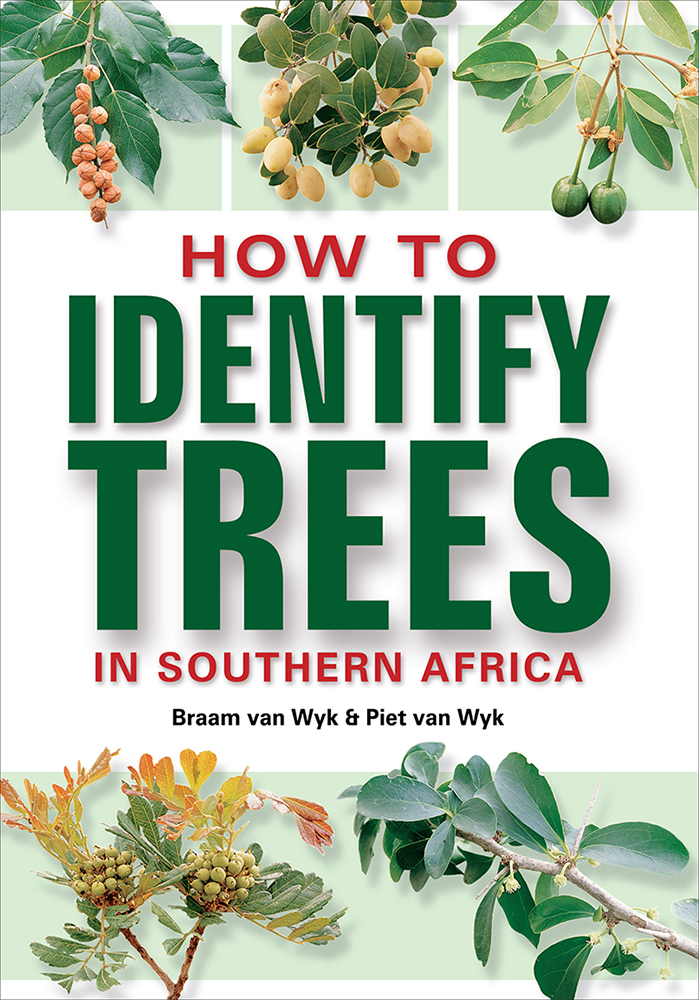A Photographic Guide to Trees of Southern Africa. Vegetation, by Piet van Wyk
This is an excerpt from the book A Photographic Guide to Trees of Southern Africa and from the chapter 'The Vegetation of southern Africa', by Dr Piet.
The Vegetation of southern Africa
Based on floristic composition, six so-called Plant Kingdoms are recognized in the world. Two of them occur in southern Africa, namely, the Cape Fynbos Kingdom, which roughly covers the winter rainfall area of the Cape and the Palaeotropic Kingdom, which covers nearly all of Africa. Taking into account obvious differences in plant life forms, as well as the composition and structure of plant communities, seven fairly marked Vegetation zones (or biomes) can be distinguished in southern Africa. Based on plant life forms and climate, they are: savanna (bushveld), forest, desert, succulent Karoo, Nama Karoo, grassland and fynbos. The largest of these areas, the savanna biome (also referred to as bushveld or woodland), extends northwards from the eastern Cape to cover parts of Transkei, Natal and Swaziland, over 50 per cent of the Transvaal, the northern Cape and north-western Orange Free State, Mozambique, Zimbabwe, Botswana and northern Namibia. This region harbours most of the tree species in the subcontinent. By far the smallest biome - forest - occurs intermittently and sometimes in only extremely small patches along the eastern escarpment in South Africa, from the southern Cape to the Soutpansberg in the northern Transvaal. Several hundred kilometres further north it reappears in the eastern, mountainous area of Zimbabwe and the western area of Mozambique. Although insignificant in extent, Fynbos biome is floristically extremely rich and complex. The number of tree species, however, is fairly limited, albeit mostly unique. The desert biome mainly corresponds with the Namib Desert in Namibia and extends in a relatively wide belt all along the coast northwards from Lüderitz. Tree species able lo tolerate the harsh environmental conditions of this region are very limited.
Immediately south of the desert biome, and in a similar belt to the west of the western escarpment, the succulent, Karoo biome extends southwards into South Africa, at first along the coast and then on the inland side of the fynbos biome to the Little Karoo. Tree species are more numerous in this biome but still limited. They include some succulents such as Aloe species. The Nama Karoo biome encompasses the central plateau of the Cape Province, north of the southern mountain range, extending east-west, including Lesotho, the south-west Orange Free State, the southern interior of Namibia, and smaller parts in the eastern Cape. As can be expected, only tree species that are drought-resistant and frost-tolerant can survive in this biome, which therefore excludes the bulk of tree species in the subcontinent.
Despite higher rainfall, the very low winter temperatures have resulted in much the same situation in the last biome - the grass-land biome. This area is wedged inbetween the savanna biome on the southern, eastern, northern and north-western sides and the Nama-Karoo biome on the south-western side, therefore covering the eastern and southern Transvaal, the larger part of the Orange Free State, Lesotho, western Natal and sections of the eastern Cape. Most of the tree species are therefore limited to two biomes, namely the forest and savanna areas of southern Africa. The reason for this is that the majority of plant species currently inhabiting the subcontinent started migrating southwards from the tropical region of Africa at the end of the Ice Age. Obviously, they were adapted to high temperatures, especially during winter, and favourable moisture conditions during summer, both of which are prevalent in the biomes involved. [...]
This is an excerpt from the book: A Photographic Guide to Trees of Southern Africa, by Piet van Wyk.
Title: A Photographic Guide to Trees of Southern Africa
Author: Piet van Wyk
Publisher: Random House Struik
Imprint: Nature
2nd edition. Cape Town, South Africa 2001
ISBN 9781868726202 / ISBN 978-1-86872-620-2
Softcover, 9x19 cm, 144 pages, throughout colour photos
van Wyk, Piet im Namibiana-Buchangebot
Pocket Guide: Trees of Southern Africa
The Pocket Guide Trees of Southern Africa introduces to the region’s trees, describing and illustrating 132 species.
Field Guide to Trees of Southern Africa
Field Guide to Trees of Southern Africa describes and illustrates more than 1000 species, focusing on the most common and those most likely to be encountered.
Photo Guide to Trees of Southern Africa
Photo Guide to Trees of Southern Africa is an invaluable identification and reference guide to 300 of the more common tree species.
A Photographic Guide to Trees of Southern Africa
A Photographic Guide to Trees of Southern Africa presents approximately 250 of southern Africa's most commonly seen trees.
How to Identify Trees in Southern Africa
How to Identify Trees in Southern Africa provides the background knowledge essential for tree identification.

